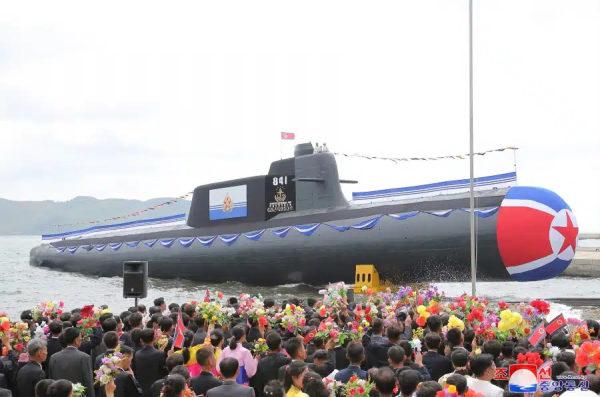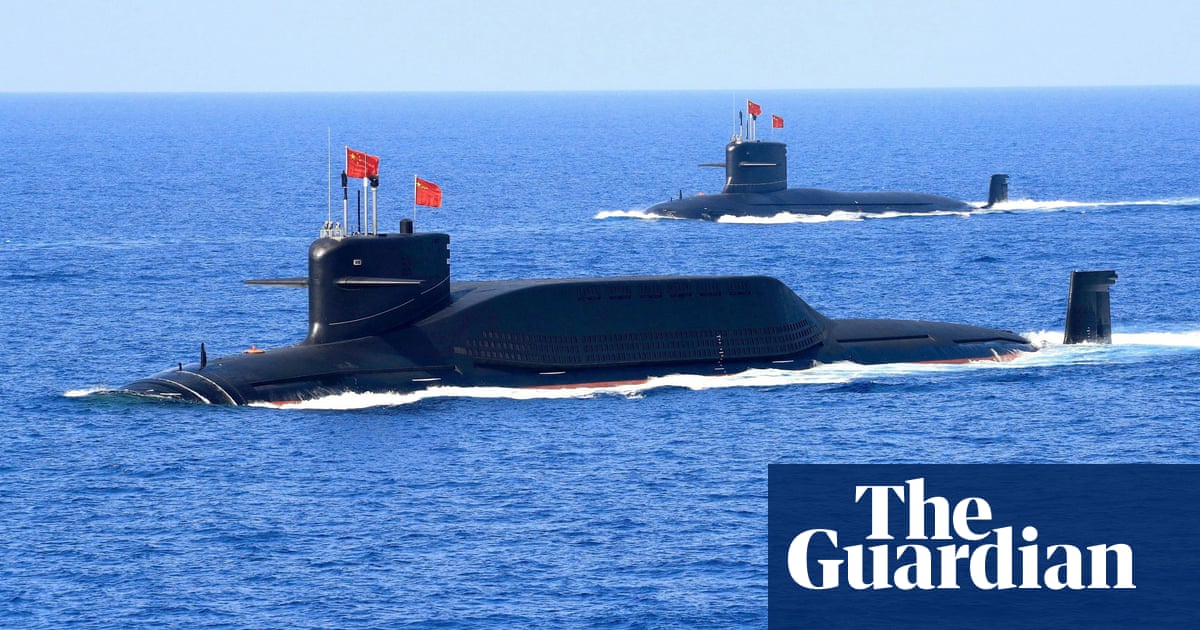


As of October 8, 2024, North Korea has reportedly begun construction of its first nuclear-powered submarine, a development that could significantly complicate U.S. military efforts in the region. The specifics of the submarine's intended role remain uncertain, with speculation about whether it will serve as a strategic ballistic missile submarine or a conventional attack submarine. This follows the launch ceremony for a nuclear attack submarine named 'Hero Kim Kun Ok' on September 6, 2023. [151bc2f7]
Currently, North Korea's submarine fleet is the most numerous in the region, primarily consisting of small, short-ranged vessels designed for sea denial rather than power projection. However, the introduction of a nuclear-powered submarine could enhance North Korea's naval capabilities, allowing for greater operational range and stealth. [151bc2f7]
This development comes at a time when tensions in East Asia are escalating, particularly with the ongoing military advancements by both China and North Korea. The U.S. Navy is already facing challenges in maintaining a combat-ready force, especially in light of China's recent nuclear submarine incidents and military maneuvers. [73a35754]
The potential for North Korea to deploy a nuclear submarine adds another layer of complexity to U.S. military strategy in the region, as it could alter the balance of power and increase the risks associated with any potential conflict. The U.S. must now consider how to counter not only China's growing naval capabilities but also North Korea's emerging submarine threat. [151bc2f7]
In response to these developments, the U.S. Navy is enhancing its own capabilities, including the integration of advanced technologies such as laser weapon systems to address emerging threats. [879ebdb0]
As the geopolitical landscape continues to evolve, the implications of North Korea's nuclear submarine program will be closely monitored, particularly regarding its impact on regional security dynamics and U.S. military preparedness. [151bc2f7]